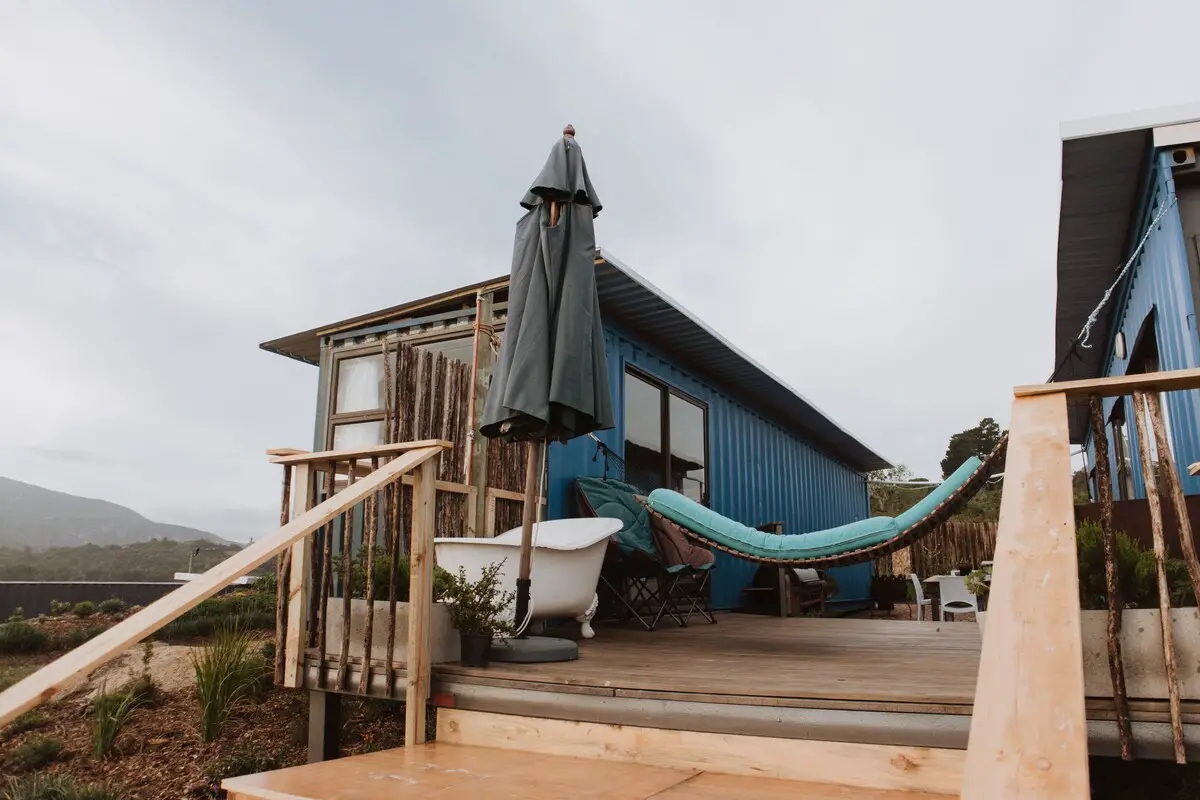With the continuous development of the construction industry, container houses, as a unique architectural form, have gradually attracted people's attention. It has unique design concepts and outstanding environmental performance; however, there are also some disadvantages that cannot be ignored. This article will delve into the advantages and disadvantages of container houses to help you better understand this innovative type of building.
Advantages:
Environmental Friendliness and Sustainability: Containers are recyclable materials, and using discarded containers to build houses helps reduce waste in the construction industry. This aligns with modern society's pursuit of environmental protection and sustainable development.
Quick Construction: Compared to traditional buildings, container houses can be constructed more quickly. The modular design allows containers to be manufactured in factories, and once on-site, they can be quickly assembled.
Cost-Effectiveness: The construction cost of container houses is relatively low. Discarded containers are relatively inexpensive, and their sturdy structure reduces infrastructure investment.
Flexibility and Creativity: Container structures inherently have modular characteristics, allowing flexible combinations and creating various unique spatial designs. This flexibility enables designers to express creativity more freely.
Strength and Durability: Container structures are very sturdy, with strong resistance to wind and earthquakes. This makes container houses more advantageous when facing extreme weather conditions and natural disasters.
Disadvantages:
Insulation Issues: Containers have strong thermal conductivity and lack good insulation and soundproofing performance. In extreme temperature conditions, additional investment in insulation materials may be required, increasing construction costs.
Space Limitations: The fixed size and shape of containers may impose certain restrictions on designing spaces for specific needs. For those seeking larger spaces, multiple containers may need to be combined.
Complex Design Adjustments: When using discarded containers to build houses, structural adjustments are necessary to meet residential needs. This may require additional design and reinforcement work.
Coating and Waste Issues: Containers are often used multiple times, and their surfaces may contain harmful substances or coatings. During the renovation process, surface treatment is required to ensure the safety of the living environment.
Aesthetic Challenges: The appearance of containers is relatively unique, differing from the traditional style of houses. This may face resistance from individuals with different aesthetic preferences, making it challenging to integrate into traditional communities.
In summary, container houses have unique advantages, especially suitable for environmentally friendly and cost-effective construction projects. However, when choosing containers as building materials, careful consideration of some potential disadvantages is necessary, and reasonable adjustments and improvements should be made during the design and construction process.
